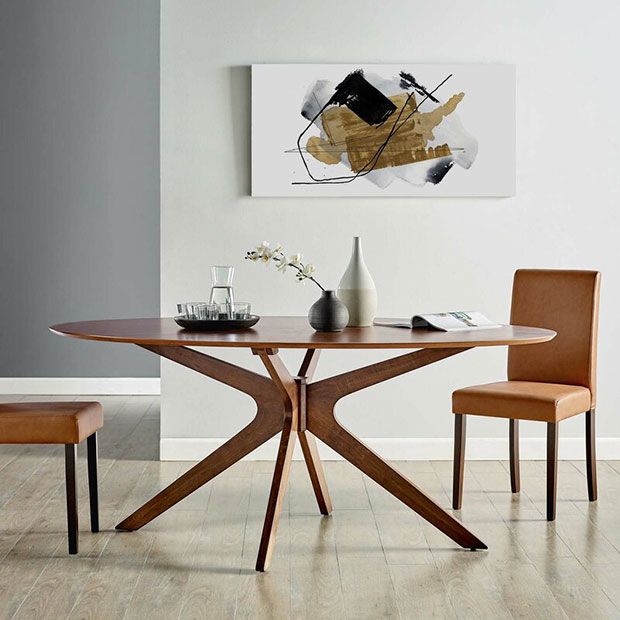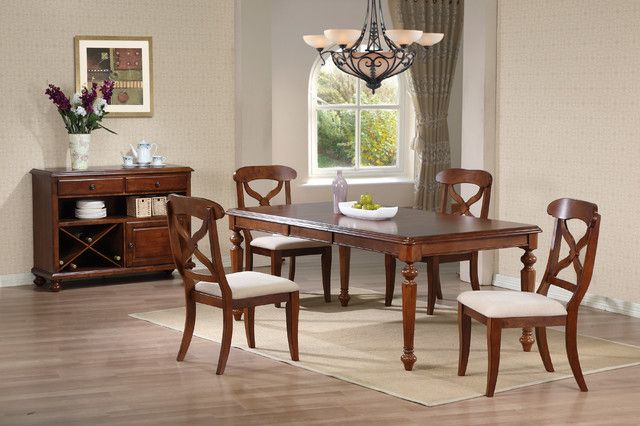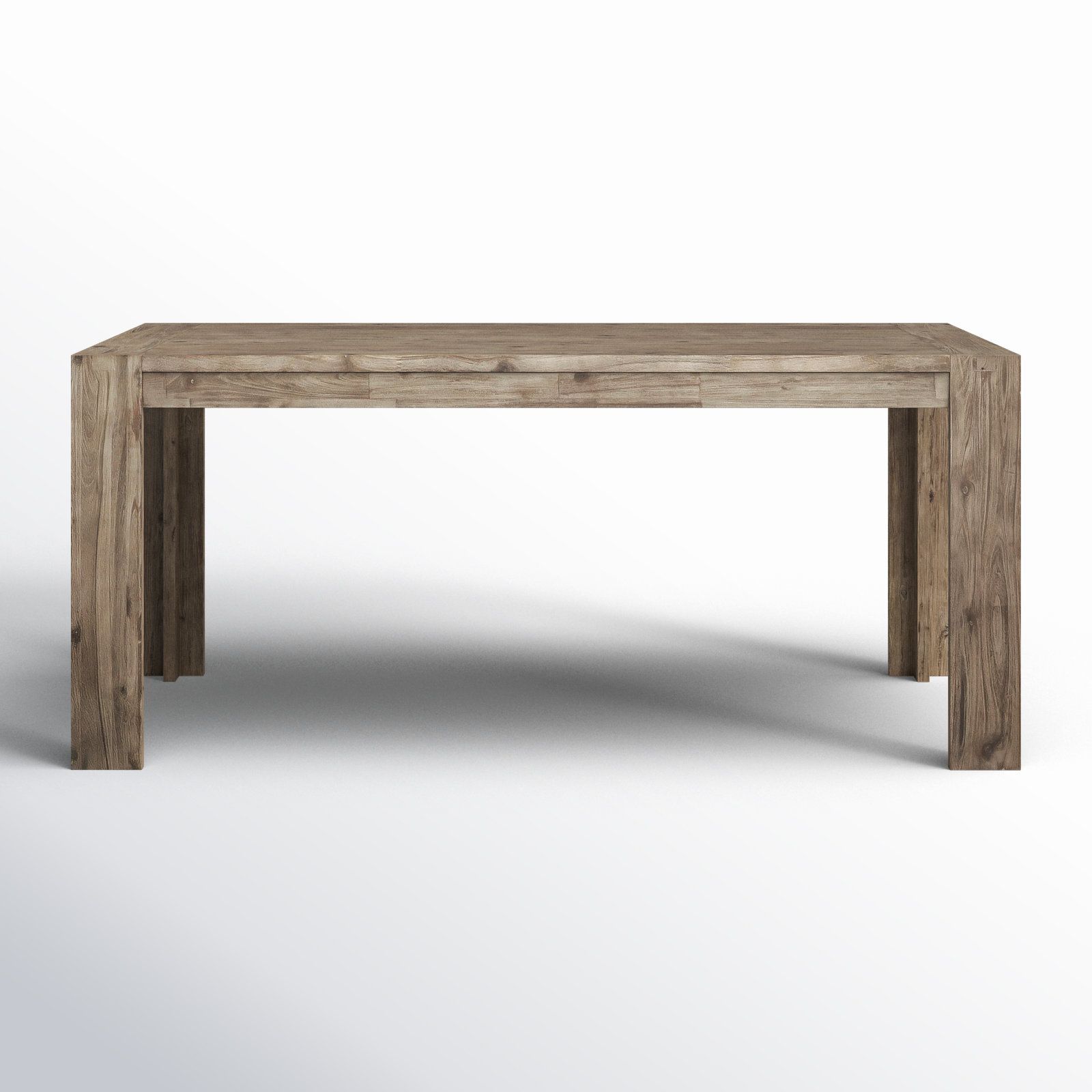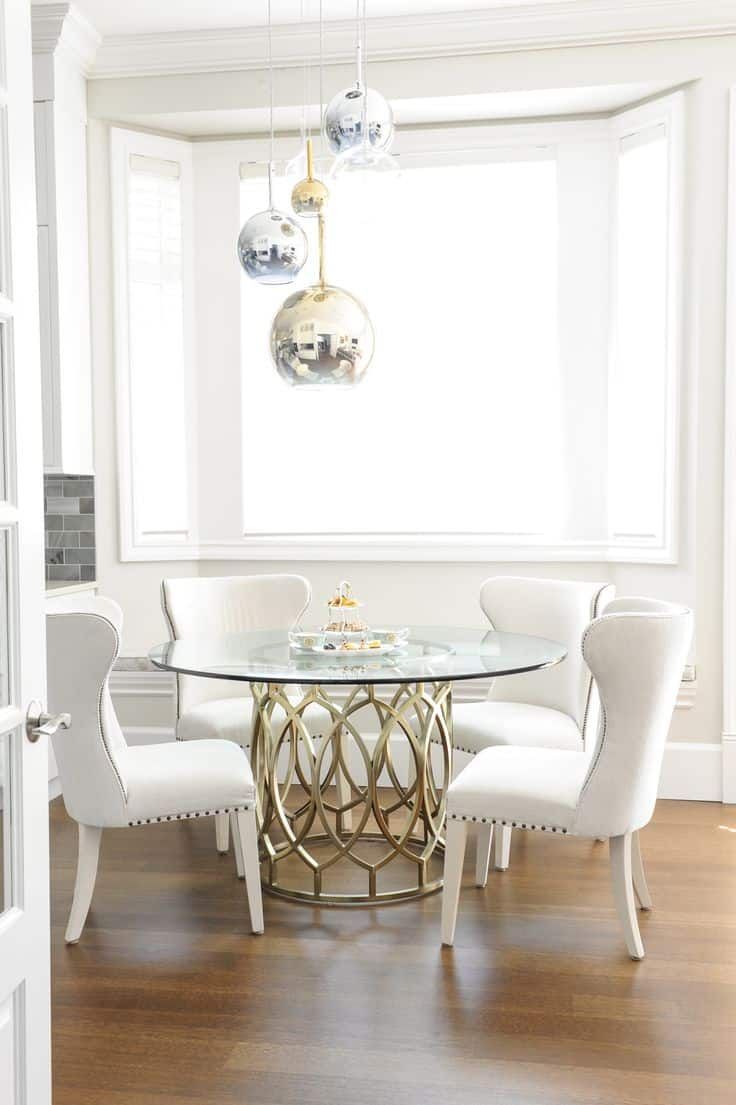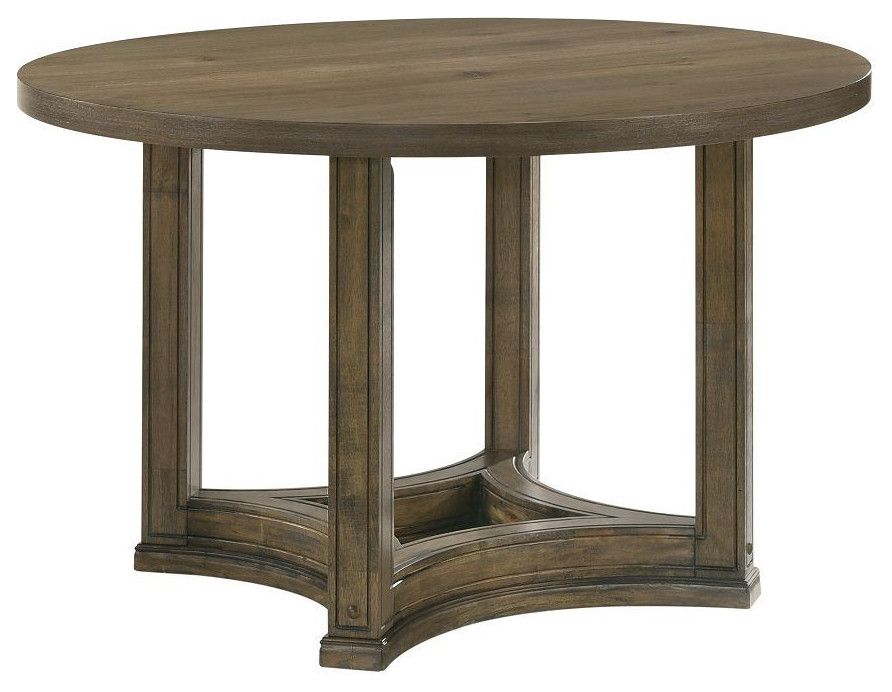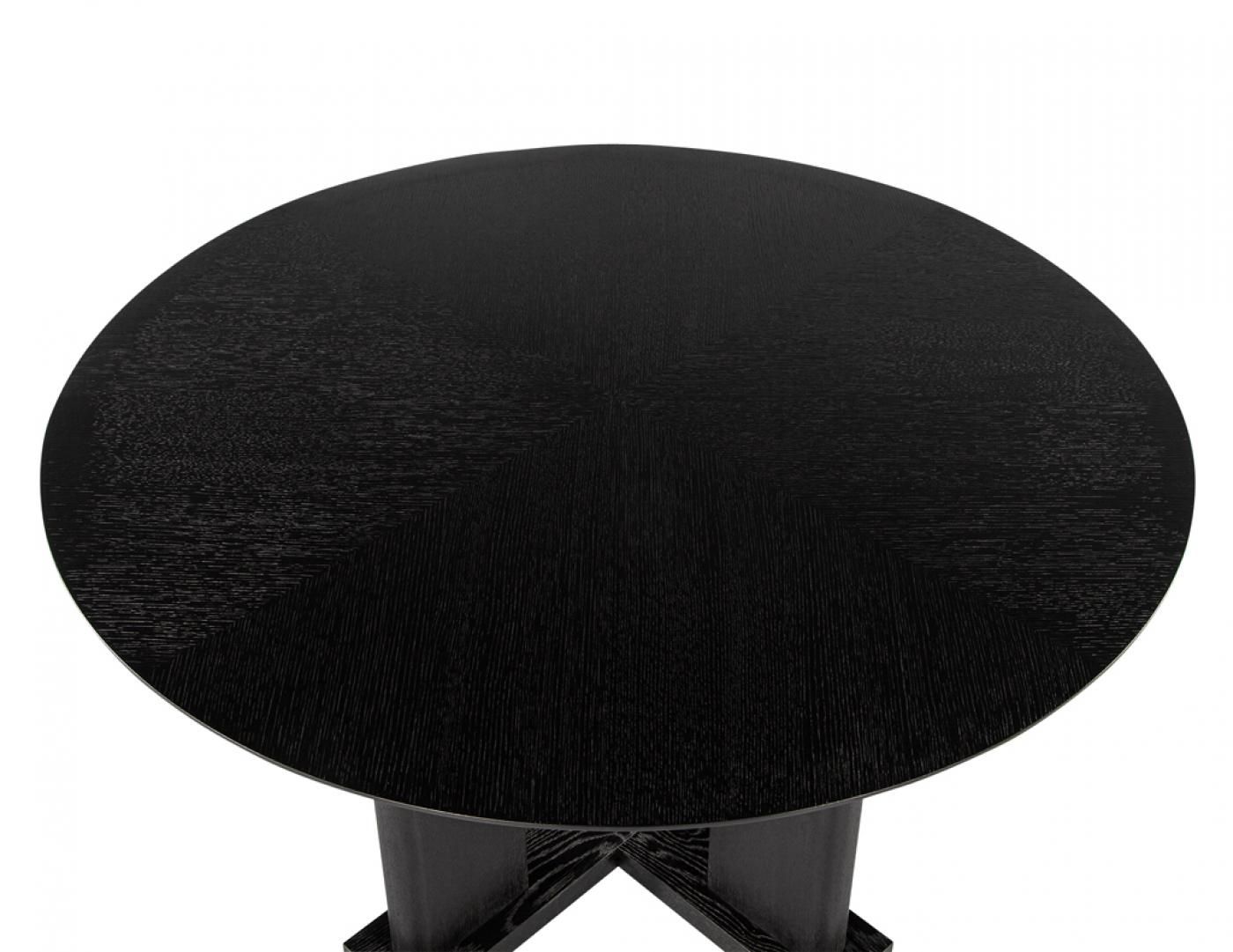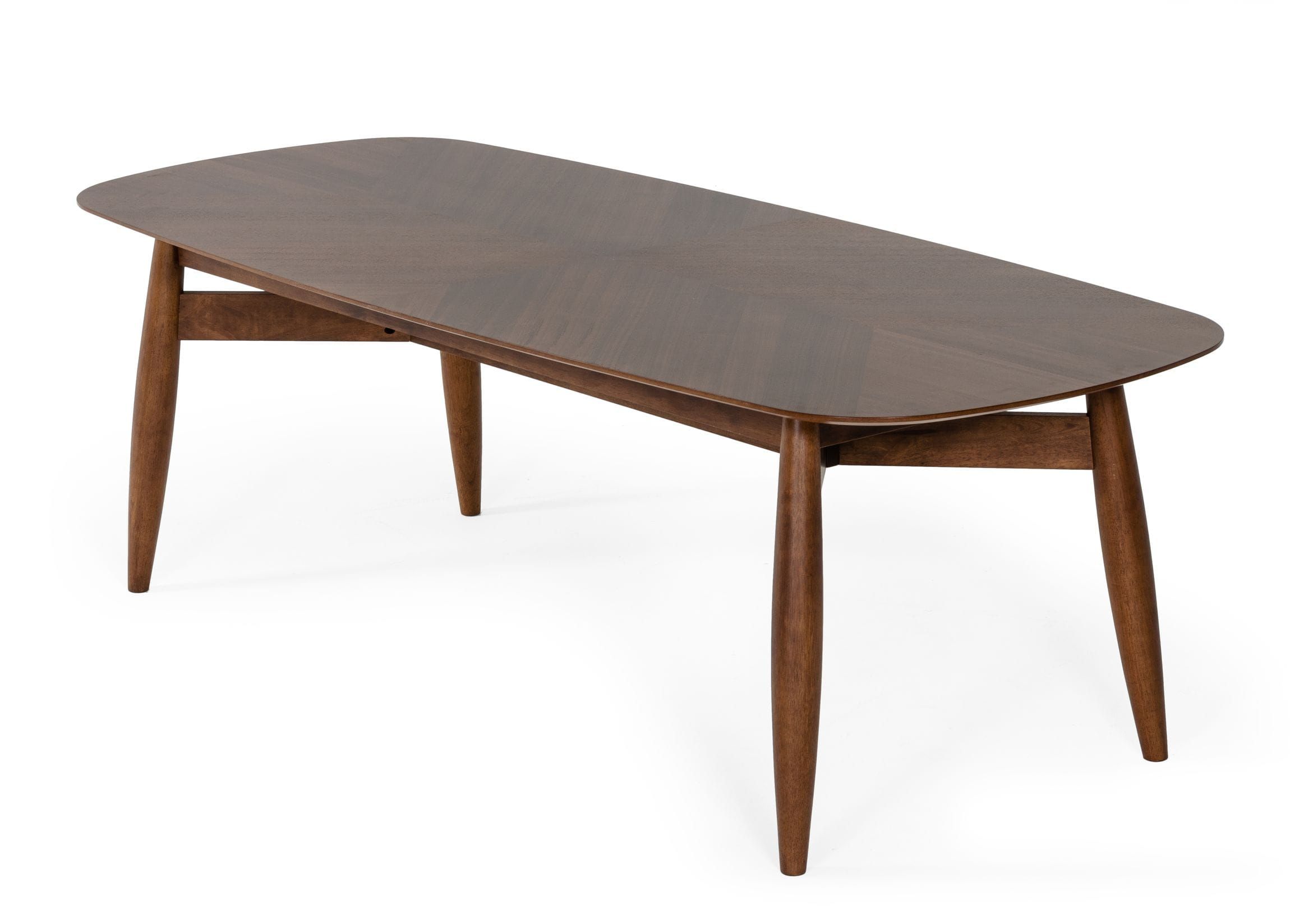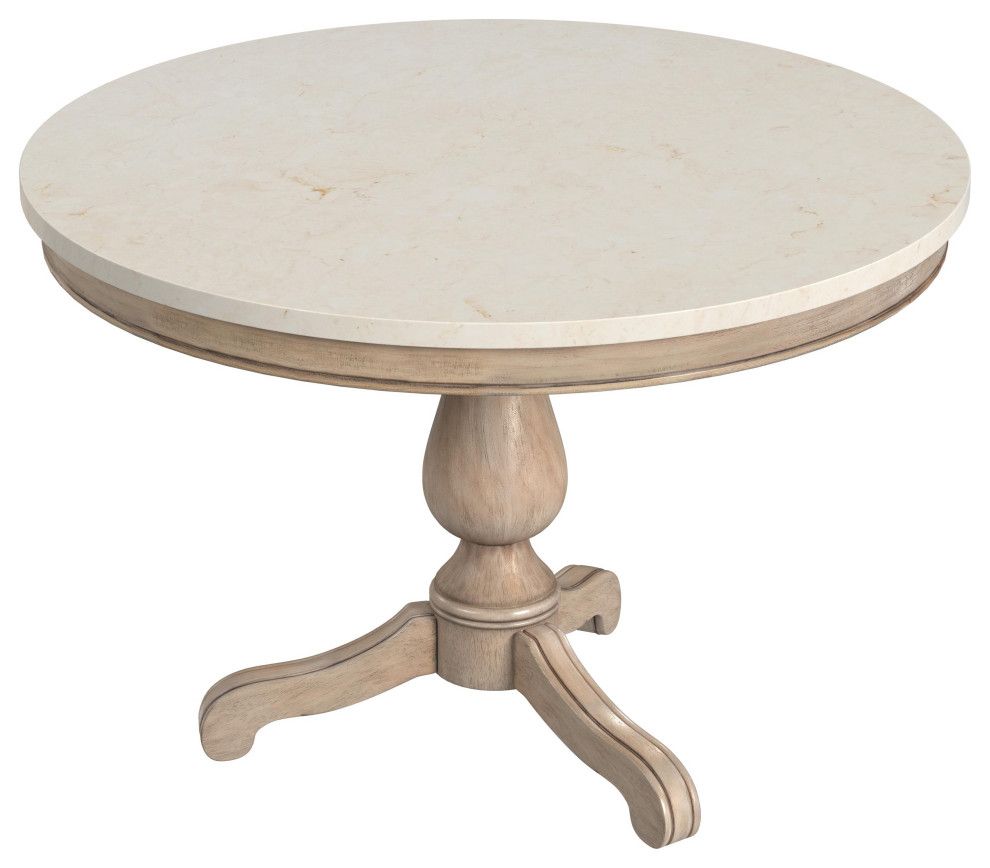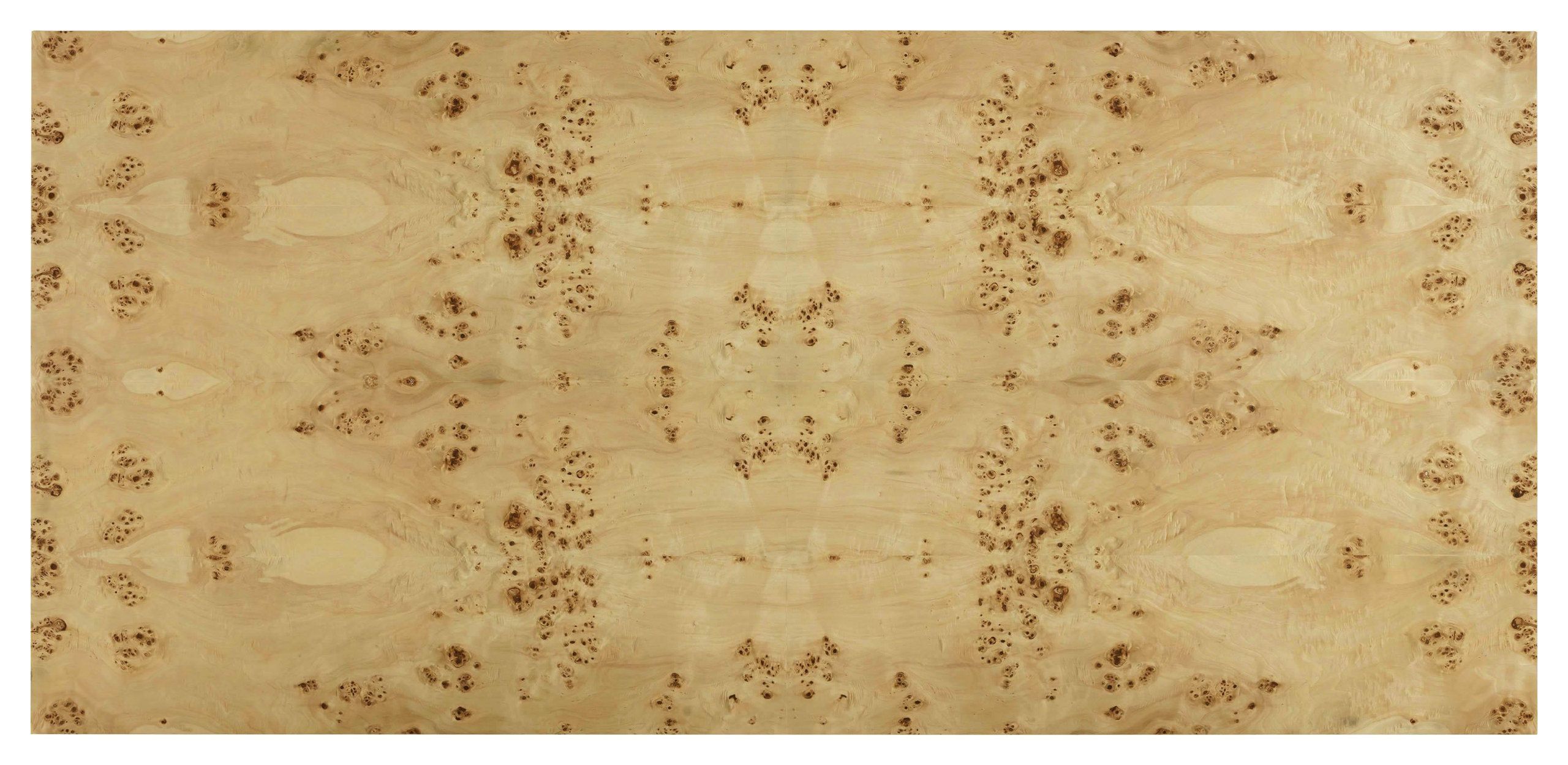Wood grain, often overlooked, is the very soul of timber. It dictates the wood’s appearance, strength, and how it weathers the test of time. This article delves into the intricate world of wood grain, exploring its origins, the various types, and how it’s skillfully used in everything from furniture to fine art. Prepare to see wood in a whole new light, and understand why it’s such a beloved material for so many things.
Imagine walking through a forest, the sun dappling through the leaves, and the scent of freshly cut wood filling the air. That smell, that feeling of connection to nature, is partly thanks to the wood grain. It’s the visual fingerprint of a tree, a record of its life, its growth, and the environment it thrived in. But it’s more than just pretty patterns; it’s a crucial factor in a wood’s structural integrity and how it’s used by people all over the world. Let’s get into what wood grain is, why it’s important, and how you can spot its unique qualities.
The Formation of Wood Grain: A Tree’s Story
Wood grain isn’t some random design; it’s a direct consequence of how a tree grows. As a tree adds layers of new wood each year – known as annual rings – the grain develops. These rings are wider during the growing season and narrower during the dormant season. This creates the unique patterns we see. Factors like the tree’s species, its growing conditions (sunlight, water, soil), and its age all affect the grain’s appearance and density. A tree that grows slowly will have tighter grain, making the wood more durable. Conversely, faster-growing trees have wider grain, which might be less dense but still beautiful, and may be more suitable for some projects. It’s like a natural record book, telling the tale of the tree’s life.
Different Types of Wood Grain: A Visual Guide
There are many different grain patterns, each with its own charm and properties. Here are some of the most common:
- Straight Grain: This is the most common type, with parallel lines running along the length of the wood. It’s strong and easy to work with, and great for things like construction or furniture legs.
- Figure: Figure refers to any ornamental patterns that disrupt the straight grain. It can be wavy, curly, or even burled. Figure is a highly sought-after, adding visual interest and value to furniture and decorative items. Wavy grain, for example, can create a beautiful three-dimensional effect.
- Interlocked Grain: This is where the grain alternates in direction, often found in tropical hardwoods. It makes the wood very strong and resistant to splitting, but it can be more challenging to work with.
- Spiral Grain: The grain twists around the trunk of the tree. This can create beautiful patterns, but can also cause the wood to warp more easily.
- Knotty Grain: This is where knots are present. Knots are areas where branches have grown. They can add character, but reduce the wood’s strength in that spot. This is a good choice for rustic styles.
Understanding these different types helps you choose the right wood for your project and appreciate the artistry within each piece.
The Impact of Grain on Wood’s Properties: Strength and Beauty
Wood grain significantly influences the wood’s strength, workability, and appearance. Straight-grained wood is generally stronger and less prone to splitting, making it ideal for structural applications. Tightly-grained wood is typically denser, which means it’s harder and more resistant to wear and tear. This is great for floors and things that get a lot of use. The direction of the grain also affects how the wood absorbs and releases moisture. This is important when considering how the wood will behave in different environments. Figure, while beautiful, can sometimes make the wood weaker along the grain lines. However, the aesthetic appeal of figure often outweighs the slight reduction in strength for furniture and decorative pieces. Woodworkers carefully consider the grain when they select a piece of wood, to ensure it meets both structural and aesthetic needs. It’s a dance between function and form.
Working with Wood Grain: Techniques and Considerations
Working with wood grain is an art in itself. The grain dictates how the wood will cut, shape, and finish. When sawing, it’s generally best to cut along the grain to avoid splintering and tear-out. Sanding with the grain helps create a smooth surface, ready for finishing. The choice of finish also affects how the grain is displayed. Stains can enhance the grain, bringing out its natural beauty. Clear finishes, like varnish or oil, allow the grain to shine through. Woodworkers also take into account the grain’s direction when joining pieces of wood. For instance, they might use a technique called "bookmatching" to create a symmetrical pattern. This involves opening up a piece of wood like a book, and using the two halves to create a mirror image of the grain. This can create stunning results. It’s all about respecting the wood and working with its inherent qualities.
Wood Grain in Design and Craftsmanship: Examples and Applications
Wood grain is central to the beauty and function of countless designs. In furniture, the grain can be the star of the show, especially in pieces made from figured wood. The grain of a walnut tabletop, or the swirling patterns of a curly maple chest of drawers, can elevate the design from plain to extraordinary. In architecture, wood grain adds warmth and character to interiors. The grain of wood used in flooring, paneling, and doors creates a sense of natural beauty. Musical instruments often highlight the grain. The grain of the wood in a guitar’s soundboard is crucial to its acoustic properties. In art, the grain is a canvas for creativity. Wood carvers and sculptors use the grain to bring their visions to life. From the simplest of wooden spoons to the most intricate of sculptures, wood grain is an integral part of the creative process.
Consider the classic Eames lounge chair. The molded plywood shell showcases the grain beautifully, merging form and function. Or think about the intricate marquetry on a fine antique desk – the carefully chosen and matched grain patterns create stunning visual textures. The possibilities are endless.
Caring for Wood and Preserving the Grain
Proper care is crucial to keeping the beauty of wood grain alive for years to come. Regular cleaning with a soft cloth and appropriate wood cleaners can help remove dust and dirt. Protecting wood from direct sunlight and extreme temperature changes helps prevent fading and cracking. Avoid placing wooden items near heat sources, like radiators. Using coasters and placemats can protect wooden surfaces from water rings and scratches. Periodic oiling or waxing, depending on the finish, can help nourish the wood and maintain its luster. By taking these simple steps, you can ensure that the wood grain remains a source of beauty and enjoyment for generations. It’s a legacy that continues to evolve with each passing year.
Wood grain is more than just a visual characteristic; it’s the essence of timber. From its formation within the living tree to its role in design and craftsmanship, the grain tells a story of growth, strength, and beauty. Understanding the different types of grain, how they impact the wood’s properties, and how to work with them, allows us to appreciate the artistry of nature and the skill of the craftsperson. By caring for and respecting wood grain, we ensure that its beauty endures, providing us with the warmth, character, and connection to the natural world that only wood can provide. So, next time you see a piece of wood, take a moment to really look at the grain – you might be amazed at what you discover.








